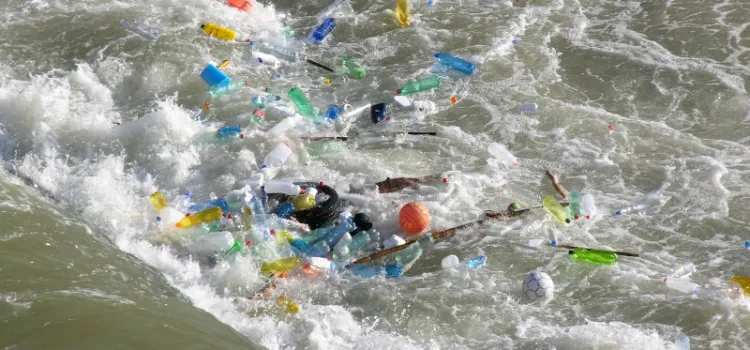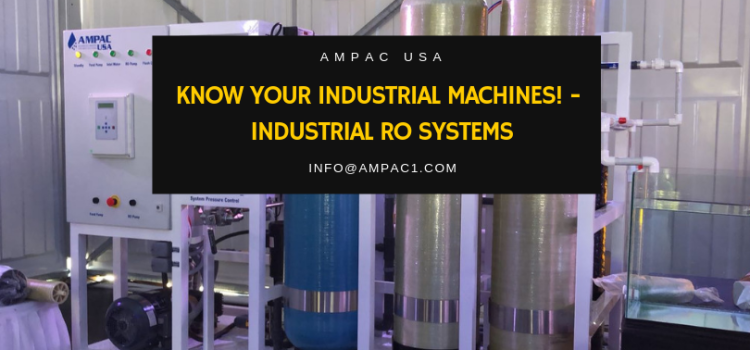Purchase of a Marine watermaker for any buyer is a critical choice to make. Before, this was a luxury choice, considered to be expensive. Today, however, it is more of a necessity when you are out on a boat sailing. Before getting one for your boat, there are some very important points to consider so that your purchase does not go in vain.
-
-
- Find an expert:
Marine Watermakers are intensive systems that are meant for heavy-duty work. These systems process corrosive seawater at high pressures into the system that is ultimately going to require maintenance on a regular basis. Even if you have a crew on board you need to first identify an expert among them, or ensure help from outside. Handling a watermaker in its downtime is not an easy task and skilled professionals train themselves in the particular field. Usually, companies outsource the jobs to other representatives or agents who may not have the required skill or experience to carry out the task. Before purchasing a watermaker, keep an expert in mind. Mostly, such professionals are available from manufacturers only, the customer service representative can be a huge help saving you loads of time. Therefore, keep a keen eye for the manufacturer you purchase from. - Watermakers are different:
Not every watermaker produces potable drinking water. Most of its functions are made for heavy work like cleaning, process, operations etc. It is a common belief among many that once you install a watermaker, your water troubles are sorted. Using that water can put you and your crew in potential danger. Manufacturers specifically mention it on their products that they are simply for utility purposes. In case you require one to produce potable water, additional treatment is required to make the output water safe to drink. This is essential so that bacterial growth and corrosion in water is stunted. - Focus on the weakest links:
A watermaker is mainly made up of majorly a pump and membranes. Costs associated with the products are contributed by these two which is why many times one is tempted to reduce cost by buying smaller pumps and lesser membranes. A decision to be regretted later, these cost-cutting ideas see a heavy blow when the maintenance costs grow suddenly. Seawater is highly corrosive, the material hence used is expensive as it provides the level of quality the process demands. One can be smart about their material choices though. Brass, bronze and stainless steels are good only for a limited period of time. Manufacturers have started using thermoplastics and fiberglass that are equally effective but lower in costs. In case you are willing to customize your own system with metals, use materials with pitting resistance equivalent number (PREN) above 42. - The gunk is your enemy:
The seawater has a whole lot of impurities in it than just salt. Based on the location of your vessel, it also comes with seaweeds, suspended solids, waste from industries and more. If one would use simply an RO system for the seawater, it is bound to incur economic costs and not be as efficient. Usually, the pre-filtration stages in reverse osmosis eliminate these solids to the size of 5 microns. Beyond this size, every particle is rejected and the rest water is sent into the membrane for further filtration. Eliminating this waste is essential and one must consult a skilled expert to take care of these specifications before suggesting it for purchase. They will be able to give you an exact solution that is not heavy on your pockets at present and in the future in terms of maintenance as well. - Look out for manufacturers who keep it simple:
Automation is on everyone’s mind these days. A stereotype is created that as long as a machine is automated, it is latest and modern in its technology. A big reason for this is today’s age of smartphone where functions happen either on a touch of your finger or with voice instructions. Manufacturers, therefore, try to incorporate more automated features, touch screen functions that monitor every aspect of the equipment. But in such case, the system then is made from extra sensors, transmitters, positioners, steppers and electronic components providing a wide range of points of potential failure. Choose a company that keeps everything straightforward and simple so when you call an expert during downtime, it is not because one of the sensors went wrong while the equipment works right. - This time, bigger is better:
When you are out to purchase a system, it is obvious that you would want to prefer a system that is small I size, maybe portable even, and requires less space. This is not an ideal choice always. Smaller the size, reduced are its functions. Smaller pumps and systems are usually not serviceable. Which means you’ll have to dismantle the whole equipment to fulfill one activity of tightening the nut. Similarly, if your pre-filter is small, you’ll have to continuously keep changing it. Pre-filters work on the surface area, more is the surface area, more is the capacity for it to hold dirt thus increasing its life before maintenance. At times like these, bigger is definitely better.
- Find an expert:
-
These tips are very important to consider before you go on to purchase a marine watermaker for your boat. An interesting part about these points are, they are universal. You can use these points while getting an industrial or even an offshore watermaker, the results are bound to be the same. In case you are looking for a manufacturer of the best RO systems, Ampac USA is the place to be at. A player in the field for 28 years now, Ampac USA provides skilled experts during installations and maintenance schedules with a 24×7 customer support. It offers a wide range of marine watermakers and reverse osmosis system options to fit your vessel. Give us a call today!









